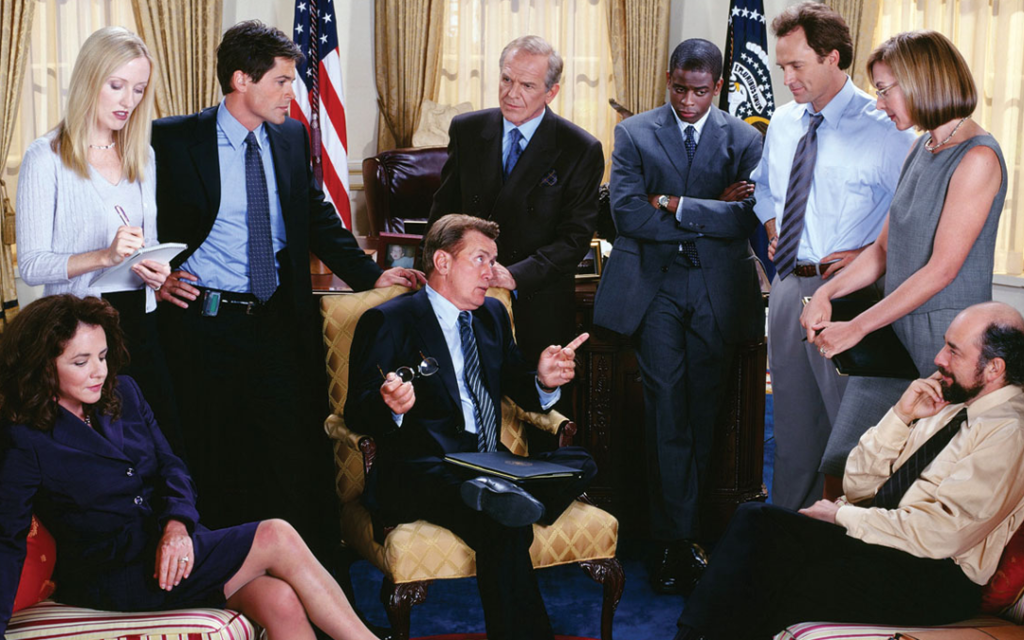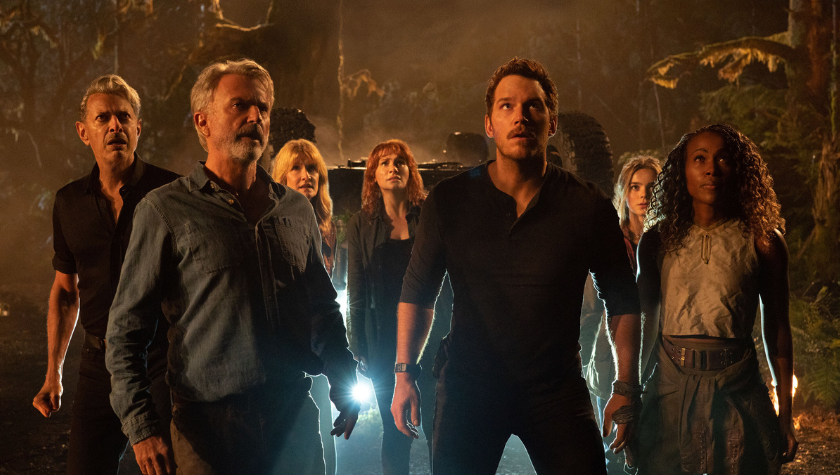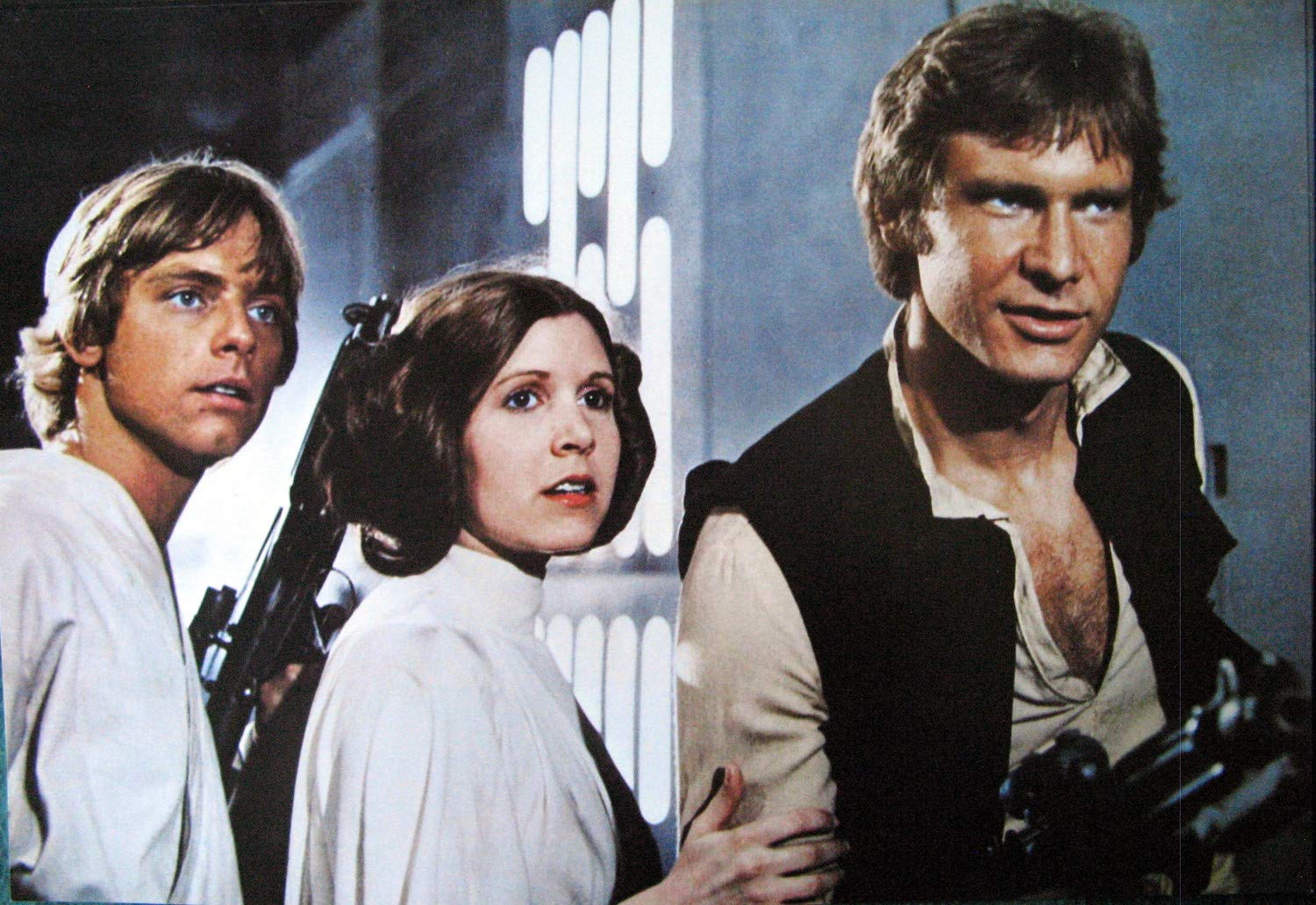7 ways to enhance your dialogue and find your voice
December 12, 2022
When you think of masterful movie dialogue the names Aaron Sorkin, Quentin Tarantino and Nora Ephron come to mind. It’s a specialty in screenwriting to craft the words that characters say that are both believable and yet like how no one else talks.
While it may be hard to match the Oscar-winning level of the aforementioned writers, you can still master the art of writing dialogue. This is no easy feat, by the way. As a screenwriter, you must have a conversation going on in your head between a variety of people and personalities at any given time.
Here are 7 pieces of advice to help enhance your dialogue and find your voice.
- Sorkin, Tarantino and Ephron write great dialogue, don’t be like them
Think about your favorite filmmakers and writers. We all strive to be like them and will even imitate their style in our own writing. But don’t. While it’s okay to borrow a little, not speaking in your own voice is inauthentic and disingenuous to you.
There’s only one Steven Spielberg and one Greta Gerwig. The point: there’s only one you. Don’t try to write dialogue like they do. It’s okay to borrow concepts and writing styles but you ultimately must make it your own.
- The words behind the words
Subtext is one of the most important parts about writing dialogue. It’s the meaning behind the words. Think of the sentence “Have a nice day.” It’s one thing for a highly-trained assassin to say before they shoot their enemy. But it’s a completely different thing for a mom to say to her teenage daughter when she drops her off at school. The message behind those words is what defines your characters and their situations.
Remember the famous line from A League of Their Own, “There’s no crying in baseball”? What was Tom Hanks’ character actually saying? If he wanted the player to stop crying he could have said, “Stop crying, you’re a professional ball player.” Instead, it was his stating the belief that this wasn’t how real ball players act and one of his many ways he was delegitimizing her, and probably all the women’s, status of a baseball player.
If your characters are saying constantly exactly what they are thinking, then the dialogue is too ‘on-the-nose’ and it will reduce the impact of the character.
- Don’t start dialogue at the beginning
When we see people we know, it’s our nature to have a dialogue start with greetings:
“Hey.”
“Hey.”
“How’s it going?”
“Good. How are you?”
“I’m good.”
“I’m moving to California!”
In a script, almost everything that preceded the final line should be removed. Yet, many writers still feel compelled to keep it all in their script because it makes sense in the real world. No one walks around immediately getting to the point in the conversation, right?
Movies aren’t the real world though and the viewer isn’t part of the conversation, they’re viewing it. The small talk simply doesn’t advance the story. In fact, it slows it down. Have you ever been in a restaurant or store and you overhear two people talking? How fast are you likely to tune out the conversation when they’re making small talk?
Your audience is overhearing the conversation in the movie. Don’t let them tune out.
- Use dialogue to break up action
Emily Carmichael, one of the writers of Jurassic World: Dominion, mentioned that a trick she learned was to give characters lines of dialogue that cheat by telling the reader what action is happening.
The truth is someone reading your script will likely skim the action, especially if there is a lot of it. Carmichael suggests using dialogue to explain some of the beats of the action to ensure the reader follows the story, even if they are the only ones in the scene.
“Get the gun!”
“Head into the library!”
“Red wire or green wire?”
The first part of getting a script made is getting it read. Watch movies with long pieces of action (not necessarily explosions and gunfights) and you’ll see how small bits of dialogue pop amongst the action, even if it’s a character talking to themselves.
- Think low-budget
Do you plan on writing and shooting an independent feature? Maybe you’re writing a low-budget script that will show on cable or go direct-to-streaming. According to SAG-AFTRA, an actor with a speaking role gets paid a minimum of $1,056 per day. That’s a lot of money for a server to come up to a table in your restaurant scene and tell your actors about the specials. That actor can simply look up, order their steak and hand the menu over.
One aspect to writing is thinking about the budget of your film. If you’re writing a big-budget action script then maybe having lines for a day player isn’t a big deal. But if you’re contracted with a production company working on the next Hallmark Channel or Lifetime Channel movie or plan on making an independent film, you’ll want to consider the amount of people you have speaking in your script.
In the recent HBO Max movie, A Hollywood Christmas, there is a character who plays an editor. He’s in three scenes and doesn’t say a single world. Even though it would be easy and convenient to have him add to the conversation, the choice is there to have him remain silent.
Minimizing the characters who speak can help keep budgets low.
- Dialogue, not interrogation
When characters are speaking to one another, it’s important that it doesn’t become an interrogation. Your characters should have a dialogue, even if one person is trying to get information from the other.
If one character is the only one asking questions, they aren’t really a character at all but rather a means to provide exposition. On top of that, the rhythm of the exchange: question, answer, question, answer, can become mundane as well.
Even when detectives are interrogating their suspects they don’t spend the whole time asking questions and waiting for answers. When reading through your script, make sure that you don’t have scenes where a single character is the only one asking all the questions.
- Say it out loud
Not all writers read their scripts out loud but you should, especially the dialogue. When you read it in your head, your brain often fills in mistakes to make it read smoothly. It’s why you can read through your script, give it to a friend and they find a ton of spelling and grammatical errors and some sentences that don’t make sense.
When you read something out loud you’re using a different muscle and can use this method to finely tune the readability of your story. You’ll hear how characters sound and be able to change up the dialogue to make it flow more smoothly.
Movies are a visual medium and yet dialogue is a must. Even silent films from 100 years ago would cut away to cards when they had to share what the character was saying. Dialogue can be tricky because you’re elevating a conversation but still have to make it sound authentic.
Overall, writing starts with your voice and telling it your way. You may want to write like Tarantino but the movie industry already has one of those. Write like you.
Written by: Steven Hartman
Steven Hartman is an award-winning, optioned screenwriter. He was a Top 5 Finalist in Big Break’s Historical Category in 2019 and won Best Action/Adventure in Script Summit’s Screenplay Competition in 2021. He holds a Bachelor of Arts degree from Columbia College and had internships at Jerry Bruckheimer Films and Village Roadshow Pictures. Steve is a full-time writer and creative video producer by day and a screenwriter and novelist by night.- Topics:
- Screenwriting & Craft




